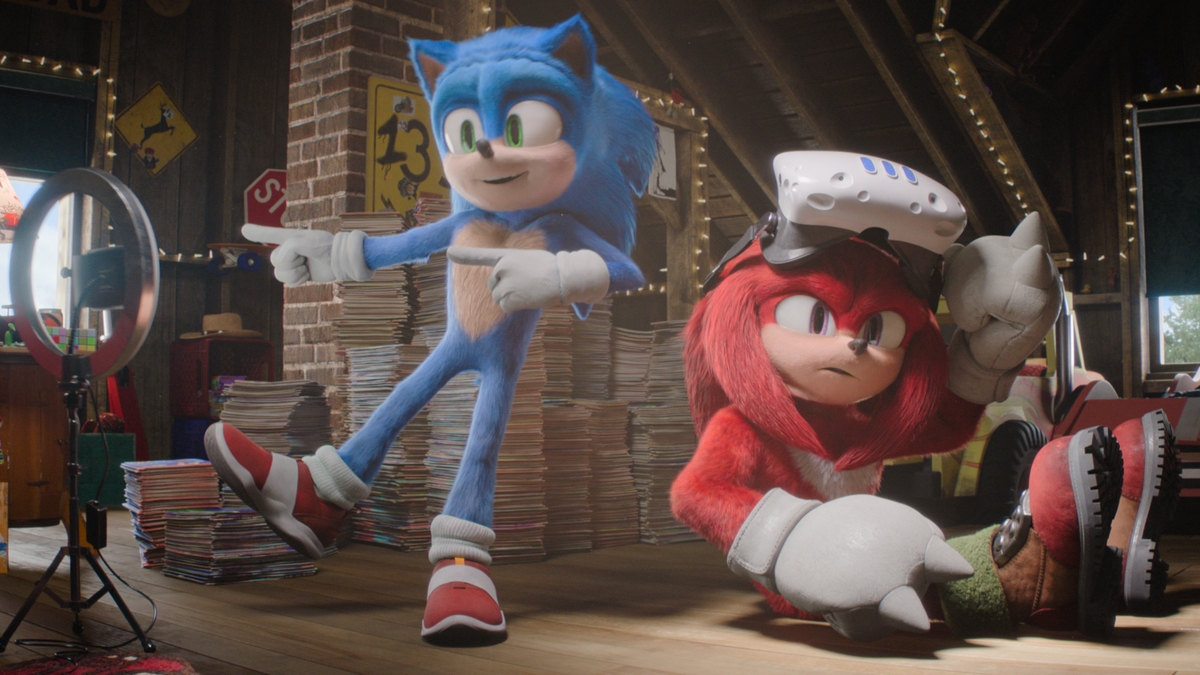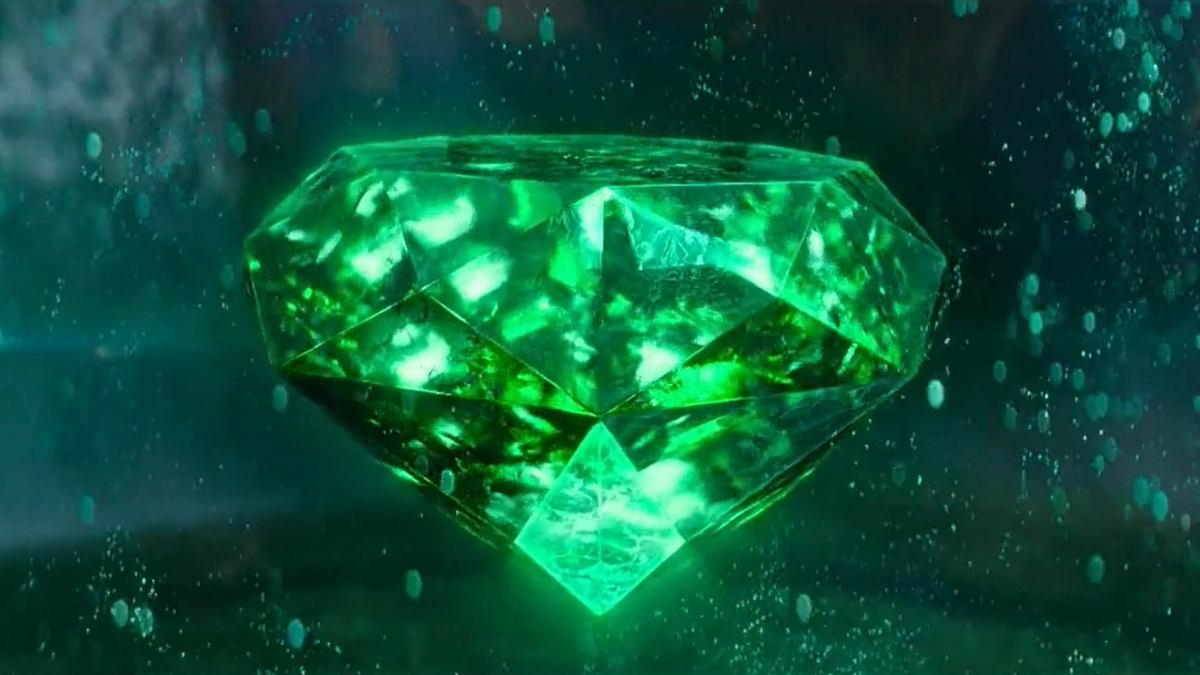Horror movies aren’t just for Halloween. In fact, their history is almost as old as motion pictures.
For well over a century, the horror genre has reflected and responded to the fears of new generations of cinemagoers. It has never left the screen for long, but there was a time when it reached a level of popularity and success that meant it could never fade away.
The Horror Of Early Film

Early filmmakers were eager to exploit the new medium’s ability to startle, amaze and trick an audience. Its development was hugely influenced by stage magic that was popular in France at the end of the 19th century.
Georges Méliès was one illusionist who seized on film’s potential. Thanks to the perfect material provided by horror and science fiction fantasy, he became a technical and narrative pioneer. Méliès’s three-minutes Le Manoir du Diable, known in English as The Haunted Castle or The House of the Devil, is regarded as the first horror film. It was made in 1897, not long after the Lumière brothers publicly screened ten short films in Paris⏤a revolutionary moment for projected motion pictures.
Méliès’s horror seized on the supernatural tradition, but it didn’t take long for the gothic romanticism that had shaped modern horror literature in the early 19th-century to make it to film. Thomas Edison produced the first adaptation of Frankenstein in 1910. 1922’s Nosferatu, eine Symphonie des Grauens, directed by F. W. Murnau, wasn’t a faithful first adaptation of Bram Stoker’s Dracula. Still, it was close enough for Stoker’s estate to sue for copyright infringement.
A revolutionary year for horror was 1931. Universal released both Frankenstein and Dracula that year, the latter a version approved by the Stoker estate. Regarded as classics today, neither made that year’s top-10 highest-grossing film list. Paramount’s Dr. Jekyll and Mr. Hyde did, however. It also won critical acclaim and an Academy Award for Best Actor for Fredric March.
When Did Horror Movies Become Popular?

While science fiction captured the public’s imagination more than horror during its B-Movie heyday in the 1950s, Hollywood’s Universal Studios and later Hammer Film in the UK kept the backbone of gothic horror on the big screen until the 1970s. In the ‘60s and ‘70s, the box office draw of Gothic movies declined as a new brand of horror broke through to the mainstream.
Since the 1970s, horror has repeatedly proved its ability to respond to changes in society and shown its willingness to adapt. In 1973, The Exorcist became Warner’s all-time highest-grossing film to date when it took $112.3 million, despite its production difficulties and relatively unknown cast. A supernatural horror that used its R rating to full effect was a world away from the cinematic horror audiences were used to seeing.
While 1973 was horror’s highest-grossing year that decade, John Carpenter’s Halloween finally proved that slasher films were a serious proposition in 1978 when Michael Myers staked a global take of $47 million. It wasn’t the first modern slasher⏤the roots stretched back to Alfred Hitchcock’s Psycho and Michael Powell’s Peeping Tom in 1960. However, it cemented it as a subgenre and triggered one of horror’s most famous and controversial periods.
A year later, the haunted house in Long Island feature The Amityville Horror and haunted house in space breakthrough Alien finished as the second and sixth highest-grossing films in the US, respectively.
When horror left the 1970s, it was a different proposition from the genre that arrived. The 1980s further demonstrated that horror’s natural diversity was essential. 1987 was that decade’s most successful year for horror, thanks to Nightmare on Elm Street 3: The Dream Warriors and new arrivals The Lost Boys and Predator⏤one of the best-regarded slasher sequels of all time, a vampire coming-of-age tale, and a science-fiction thriller.
Horror has never strayed far from the screen since, although it’s continued to see subgenres rise, fall, and often⏤like any good monster⏤come back.
Why Are Horror Movies Popular?

Good horror fiction interprets the fears of a society. Several scientific studies have provided some insight into the enduring appeal of horror movies.
Horror can reflect an audience’s individual and shared anxieties. A trip to the movie theater can double as a film viewing and a scream therapy session. It also helps that horror is one of the most responsive fictional genres, quickly adjusting to contemporary events. It’s a quality that’s helped drive rapid and responsive changes, from the slashers of the ‘70s and ‘80s to the found footage films of the early 2000s.
The peak of slasher horror in the 1980s came thanks to several factors. Many real-life and high-profile serial killers were reported throughout the decade, including Richard Ramirez, The Night Stalker, and Joseph Christopher, The Midtown Slasher. Before the internet, slasher plots could quickly pick up and run with the mainstream fear.
Sentimentality was a factor too. Many of those slasher franchises incorporated manufactured mythology: Michael Myers’ childhood crime, Freddy Krueger’s extraordinary origins, the rumors of Camp Crystal Lake. The growth of home media brought these films into homes on VHS tapes. Campaigns and controversies that led to the “video nasty” debate in the UK, and stricter censorship for low-budget movies, only helped cement the films’ reputations.
Today, many of those films are considered tame. Still, the 1980s has maintained its reputation, and high-profile examples of contemporary horror⏤as well as horror-tinged science fiction and fantasy⏤play on that nostalgia, from Stranger Things to It.

A particular peak in horror box office came at the turn of the century, undoubtedly boosted by millennial concerns. But while 1999 was buoyed by supernatural stories like Blair Witch and The Sixth Sense, 2000 was dominated by the satire of Scream 3 and parody of Scary Movie. The end of the slasher subgenre’s “self-referential” period signaled by those two films left horror slightly more subdued for the best part of two decades.
During that time, Will Smith’s I Am Legend was a notable success in 2007, although it’s generally described as a post-apocalyptic thriller or action movie rather than a horror. Things changed at the end of the 2010s, when a new crop of horror films emerged with an increased slant on society and politics. Successfully resurgent franchises like Halloween and Candyman have built on horror’s ability to tackle societal concerns. Along with the surprisingly successful adaptations of Stephen King’s It in 2017 and 2019, which made the box-office top 10 in both years, cinematic horror began to soar in market share.
A 2020 study found that horror fans were psychologically more resilient when coping with the ongoing effects of the coronavirus pandemic. We have yet to see horror’s response on screen, but it can only be hiding around the corner.
While most of the world was experiencing genuine horror, the genre defied the disruption cinema to secure its highest-grossing year in 2020 on streaming platforms. Top of the list that year was Universal Picture’s The Invisible Man, 87 years after they first adapted the classic 19th-century horror tale.








